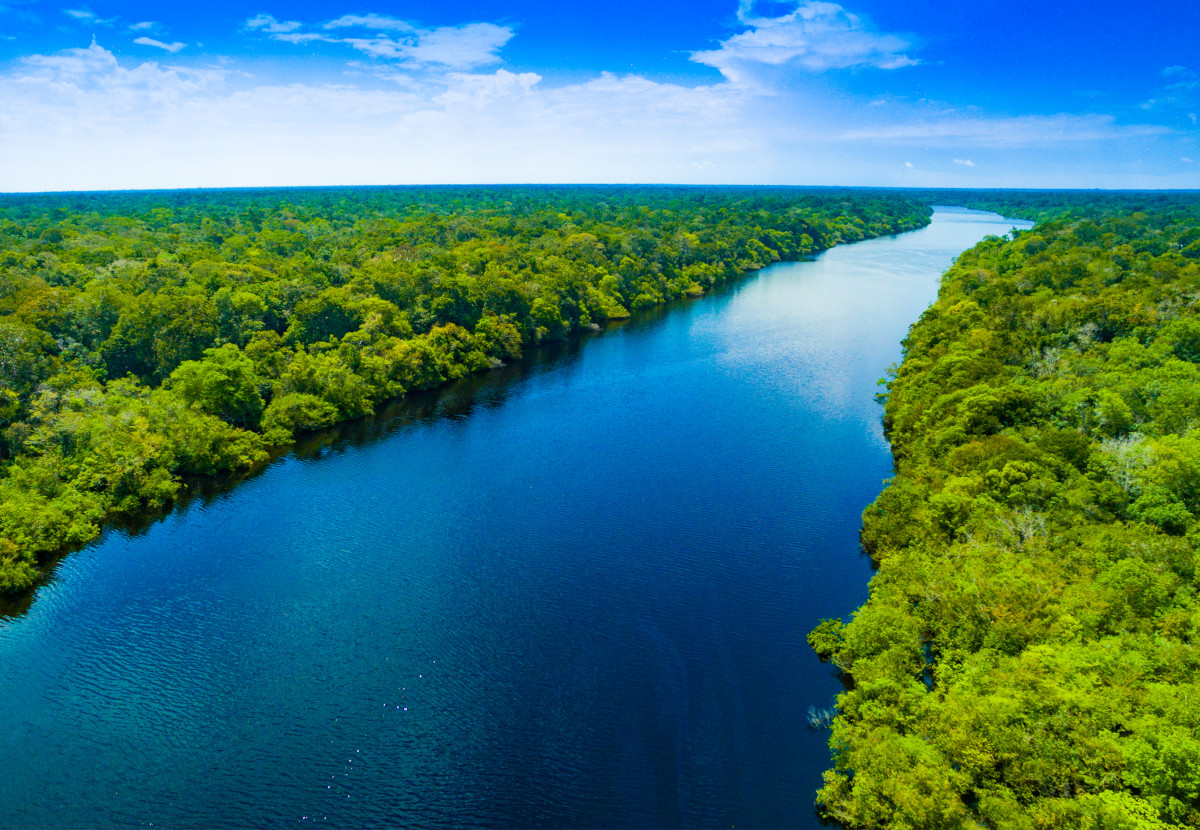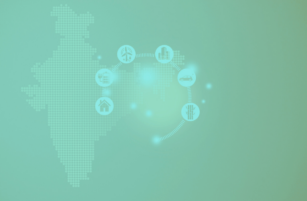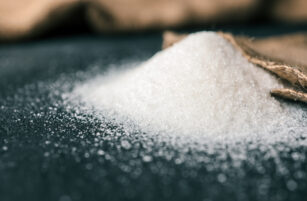Opinion Focus
- Protected areas reach 33% of Brazilian territory.
- Vegetation coverage increases by 20 pp in São Paulo State.
- By 2030, forest expansion in São Paulo, a sugar and alcohol hub, should reach 30%.
With a preserved area of 282.8 million hectares in rural areas, corresponding to 33.2% of the national territory, according to Embrapa (Brazilian Agricultural Research Corporation), Brazil occupies a prominent place regarding sustainable agriculture. The country cultivates 8% of its land, while preserving about half of its territorial extension. According to data from NASA, Germany cultivates 56.9% of its territory, followed by countries like the United Kingdom (63.9%) and Netherlands (66.2%).
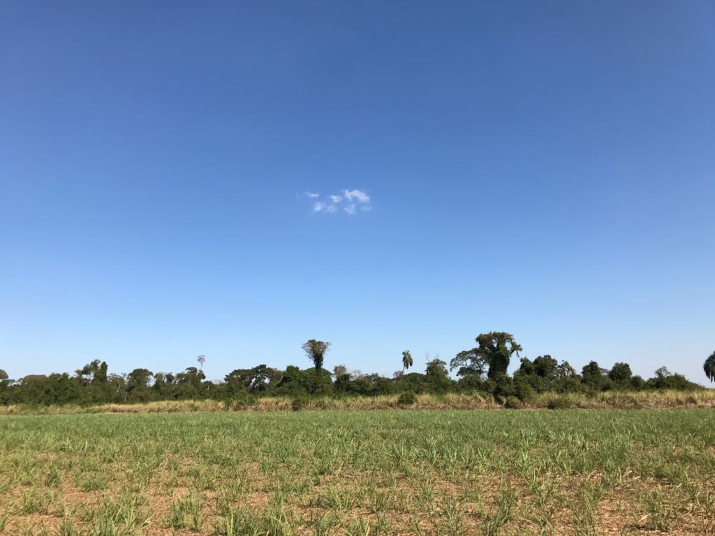
Sugarcane plantation with legal reserve in the background
Even so, there has been an increase in deforestation in the Amazon over the past 14 years, from around 5,000 square kilometers of forest in 2008 to 10,781,000 square kilometers this year. “There is a peculiar issue in the Amazon, with many squatters and criminal activities, it is not the rural producer who deforests”, says agronomist technical manager Kleber Wilson Marques, who specializes in environmental licensing for Solutions Elaboration of Environmental Engineering Projects.
In an interview with Czapp, Marques also comments on the growing demands of the international market for sustainably produced foods. The good news is due to the growth of native vegetation cover in the State of São Paulo, which increased by almost 20 percentage points in the last 20 years. “The sugar and alcohol sector has a great participation in environmental preservation, by protecting reserves and investing in forest restoration”, says Marques.
Sustainability projects in the countryside have been gaining prominence. A good example is the VIVE program – launched by Czarnikow in 2015, with 24 partner companies in 14 countries, including Brazil. Aimed at the sugar and alcohol sector, the initiative has already allowed for the worldwide sale of more than 500,000 metric tons of sugar manufactured in accordance with Environmental, Social and Governance (ESG) standards.
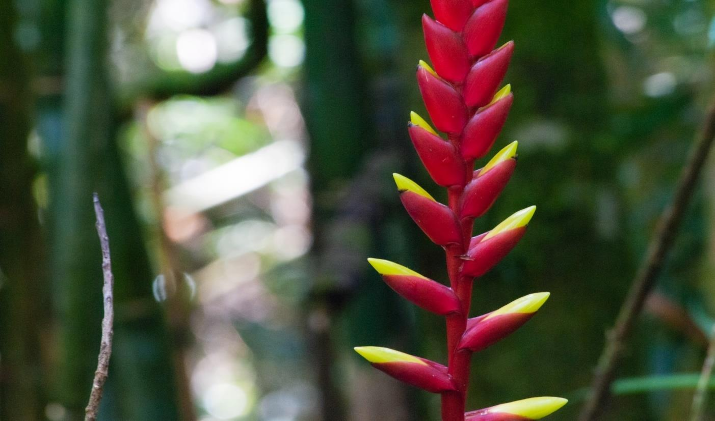
“This is a market trend, as consumers increasingly want to buy food from areas without environmental problems,” explains Marques. See below the full interview.
Brazilian Environmental Protection Rules
What are the main differences between Brazilian environmental legislation and that of other countries?
Our legislation is much more restrictive than that of other places in the world, such as the United States and Europe, regarding preservation. Our environmental legislation began in 1935, which gave rise to the Forestry Code as we know it today. The current Forest Code, which addresses the issue of legal reserves, was drawn up in 1965, with all the protection tools. Since then, it has gone through some changes.
What were the main changes?
The oldest occurred in 1989. The 1965 law required landowners to maintain a 20% legal reserve. But the understanding at the time did not include the cerrado (tropical savanna) biome, which is today our great agricultural granary. The Forest Code spoke more about forests and the cerrado was not understood as a forest. In 1989, there was an amendment to the Forestry Code, which now also requires the cerrado to have a legal reserve. That was the biggest change. In 2012, the Forestry Code was again updated. It gained a more lucid and clearer text. In addition, it pacified some issues, such as consolidated areas.
Can you explain this point better?
Consolidated areas are all permanent preservation areas that were being occupied with agropastoral activities in a period prior to July 2008. In 2012, the code forced rural landowners to regularize the issue of Permanent Protection Areas, APPs, of these anthropic occupations. The code created boundaries and categories of exploitation. There are also rules regarding the water course. You cannot touch the vegetation less than 30 meters from each bank of the river course, in the case of large producers. The small owner needs to preserve a strip of at least five meters. Larger owners, who represent the vast majority, need to restore 100% of APPs.
Is the issue of land tenure regularization one of the main obstacles today to a greater advance in environmental preservation?
Yes. In states such as Pará and Mato Grosso, there are many areas with double registration. This is a serious land issue; it is not known who owns it. It should also be remembered that in 2001 the government instituted georeferencing as a legal obligation. Today, most rural properties, including those in the Legal Amazon, are georeferenced. This information is public. They are available on the Incra platform. With this, it is possible to identify the owner in case there is any action not allowed in that area.
Preserving the Amazon
Is the lack of land regularization more of a political issue, then?
Certainly. It is much more political than technical. There is a lot of occupation by possession in the areas I mentioned. These are very large areas, 20, 30 thousand hectares. There are many squatters, these are invaded areas. The great difficulty is to identify who has carried out environmental crime. Outside Brazil, people often have the image that, when there is an environmental problem in the Amazon, such as fires, there are impacts in the Southeast, where the sugar and alcohol center is located, but the distances are enormous.
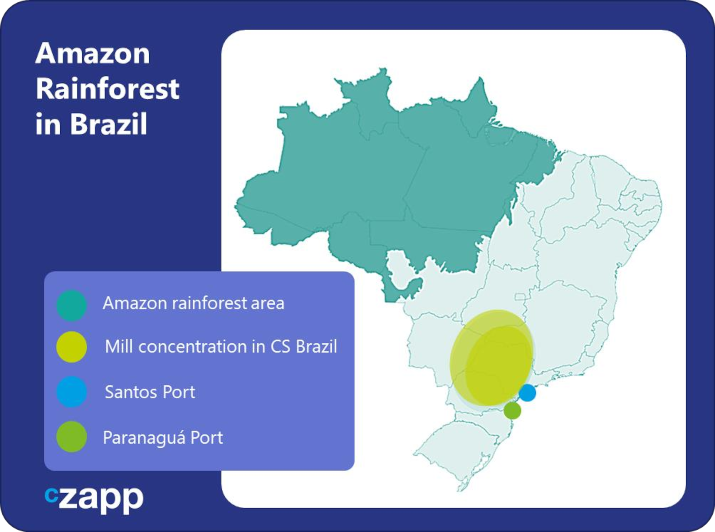
Source: Parliamentary Front for Agriculture (Brazil)
Going back to talking about the legal reserve, there are specific percentages of preservation by biome, right? In the Amazon, for example, it is bigger.
It depends on the biome and the type of vegetation. In forest areas, the percentage of preservation is between 20% and 80%. In the Amazon, 80% of forest areas must be preserved. In the cerrado vegetation within the Amazon biome, it is 35%.
Mainly outside Brazil, there is an idea that the rural producer is responsible for environmental problems. Do you agree with this?
No. Brazil was discovered in 1500 and from then on came the territorial occupations. A large part of the forests was suppressed with the use of fire, even because there were no machines to prepare the land. The occupation was often encouraged by the government. But, over time, environmental legislation has changed.
Isn’t there an issue of illegal logging and mining in the Amazon?
Yes. These are criminal activities, in which the rural producer is not involved. The rural producer does not illegally exploit wood, he wants to produce, this is done by the squatters who occupy these areas. That’s the problem. They are criminal organizations.
And what is the role of georeferencing tools in combating deforestation?
With these tools, it is possible to recognize various topographic and environmental preservation characteristics of rural properties. Today, there is a much-improved environmental management and control platform. Brazil has a very high level of information about preservation areas, delimitation of rural properties and fines that rural producers have received. This is public information, available on the platforms of Ibama and Incra, among other public bodies. Few countries provide this level of information.
Environmental regularization
In relation to Brazilian legislation, it is even allowed to keep the legal reserve in a place outside the rural property in question, isn’t it? In what cases does this happen?
There is an obligation to maintain a legal reserve, but the rural property can already be fully focused on agriculture. The legislation allows compensation to be made elsewhere, in accordance with certain rules. Compensation must be made in the same biome as the property. The environmental legislation instituted two important tools, one of them is the Rural Environmental Registry (CAR), which is nothing more than a diagnosis of the property, in the environmental matter. The CAR indicates to the government and the owner what are the possible environmental nonconformities of the rural property. And there is a second tool which is the Environmental Regularization Program, the PRA.
Advances in Environmental Preservation in the Countryside

Source: Ministry of Agriculture, Livestock and Supply (Brazil)
What is the function of the PRA?
It is to regularize nonconformities that were identified in the CAR. Now, we are in the phase of regularizing rural properties in terms of the environment. And some states have even stricter rules about preservation. In the State of São Paulo, it is forbidden to remove areas of the Atlantic Forest. There is something else that few people know. Regarding the isolated trees on the rural property, they can be used inside the property, in São Paulo, to make furniture and other things for personal use. But the cutting of up to ten native trees is allowed, at the most. They cannot be endangered trees and the wood cannot be commercialized. And you need a permit to fell those trees.
These documents and records, CAR or authorizations to work with trees, are necessary to obtain credit and to be able to export, aren’t they?
Yes, all of these are required. Without the CAR, you cannot access official credit lines, which offer subsidized interest. The effectiveness of environmental regularization in Brazil will not necessarily be linked to legal requirements. The market will demand that this happens.
This is already happening, isn’t it?
It is. Today, the market already requires the CAR. In the short term, it should also require the PRA.
And why is there a difference between the number of property records in the CAR and the analysis performed?
There is often a big difference, which varies from state to state. It is because the institutions in charge of carrying out the analyses generally have few employees. In some states, the process goes faster because public institutes are faster.
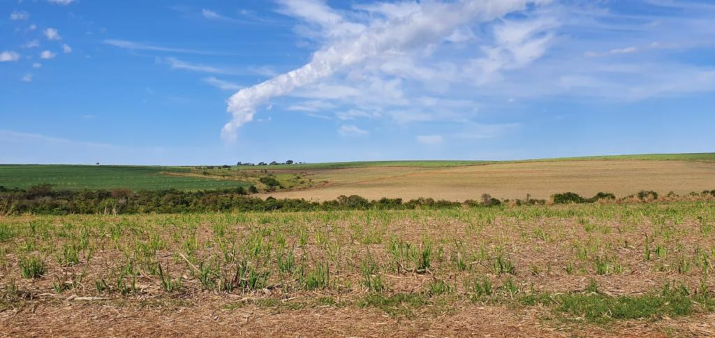
The demands of the international market in relation to preservation policies have grown, haven’t they? Is the new European Union law that bars food imports from deforested areas an example of this?
Certainly. Today, large slaughterhouses, for example, do not buy meat that comes from areas with environmental problems because, among other things, it would be difficult for them to export. Brazil feeds 1 billion people in the world. These consumers want to buy products from areas without environmental problems.
In some states, has environmental preservation increased?
Yes, it is the case of São Paulo. Data from the Forestry Institute of the State of São Paulo show that in the year 2000 there was only 3% of native vegetation cover. It has improved a lot. In 2020, this percentage reached 22.9%. The sugar and alcohol sector had a great participation in environmental preservation, by protecting reserves and investing in forest restoration. This increase occurred in all biomes of the State. Today, 5,670 million hectares are covered by native vegetation in São Paulo. Farmers have collaborated a lot with this increase in native vegetation, something that few people talk about.
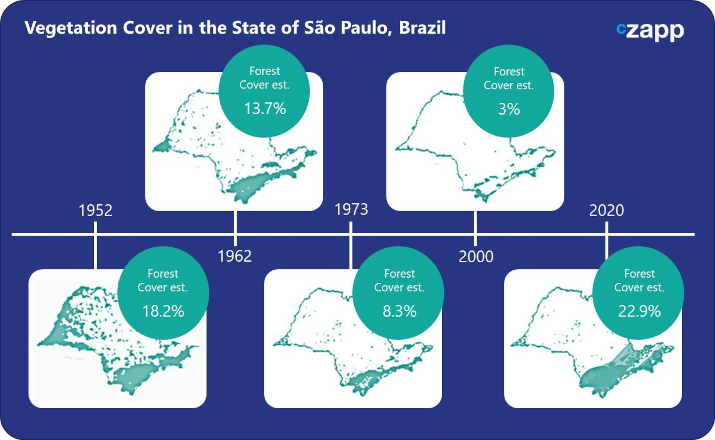
Source: São Paulo Department of Infrastructure and Environment, Instituto Florestal
At this rate of increase in vegetation cover, how much should it reach in ten years?
It should stabilize at 30% of the state’s area. This is because there must be some increase in the area preserved due to investments in regularizing environmental preservation.
Does Brazil need to better communicate these achievements?
It is a matter of information management. Lack of propagation of positive information. Individually, the rural producer doesn’t do this. The sugar and alcohol unit does this eventually, in a localized way. What’s missing are works in the mainstream media, done through rural associations.
Want to know more about the VIVE program and sustainability? Please contact Felipe Serafim at fserafim@czarnikow.com.
